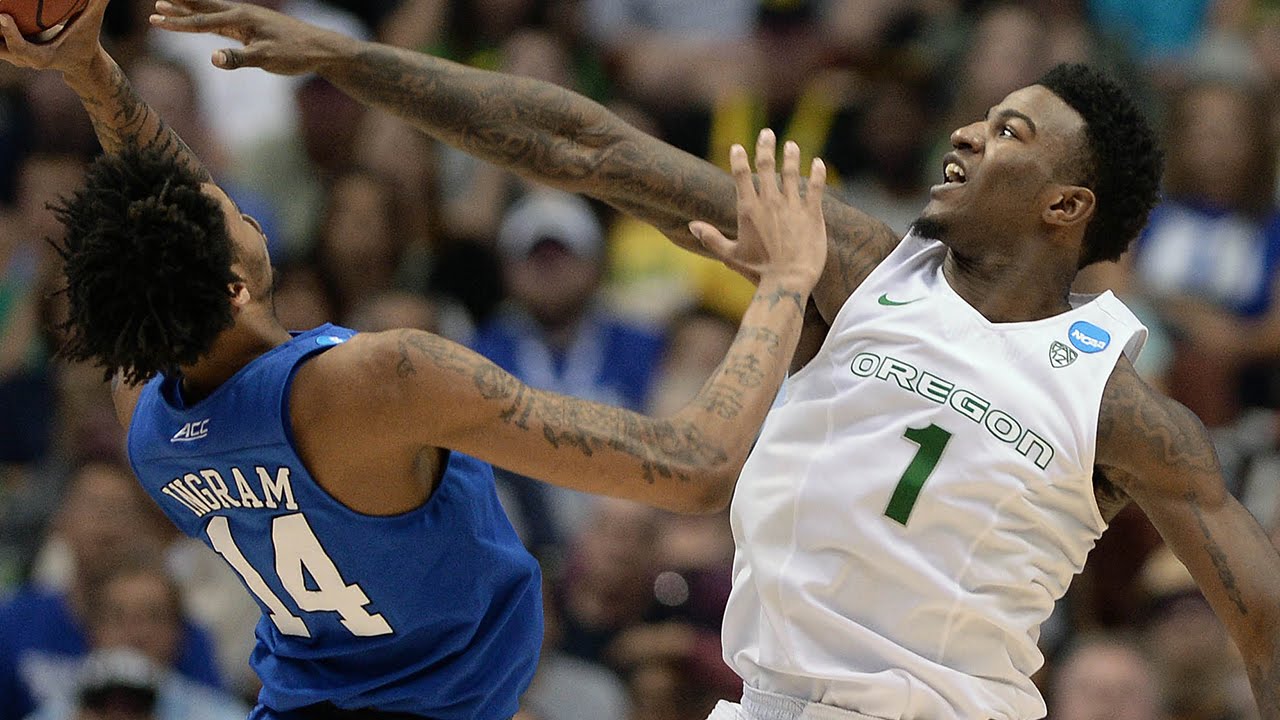Unmasking The Prototypes: The Real People Who Shaped Gatsby

Table of Contents
The Real Jay Gatsby: Unmasking the Prototypes of the Mysterious Millionaire
Max Gerald, the "Original" Gatsby?
One of the most persistent candidates for the "real" Jay Gatsby is Max Gerlach, a wealthy and enigmatic figure from Fitzgerald's own social circle. Gerlach's life, shrouded in a degree of mystery not unlike Gatsby's, presents compelling similarities.
- Wealth and Social Standing: Gerlach, like Gatsby, possessed considerable wealth and aspired to a certain level of social acceptance among the established elite.
- Eccentricities and Rumors: Anecdotal evidence suggests Gerlach had a penchant for lavish parties and was surrounded by whispers and rumors, mirroring Gatsby’s elusive and somewhat scandalous reputation.
The parallels between Gerlach’s life and Gatsby's narrative are striking. Both were outsiders who accumulated great wealth through somewhat ambiguous means, both sought acceptance into the upper echelons of society, and both cultivated an air of mystery that captivated and ultimately repelled those around them. The degree to which Gerlach directly mirrors Gatsby remains a point of scholarly debate, however, the similarities are undeniably intriguing.
The Composite Gatsby
It's crucial to acknowledge that Gatsby may not be a direct reflection of a single individual. Instead, he may be a composite character, embodying traits and experiences drawn from multiple sources within Fitzgerald's life.
- Bootleggers and Speculators: Fitzgerald’s exposure to the shadowy world of bootlegging and stock market speculation during the Roaring Twenties likely contributed to the creation of Gatsby's ambiguous past.
- Aspirational Outsiders: The novel’s protagonist may also reflect Fitzgerald's own aspirations for social acceptance and his fascination with the wealthy elite.
This multifaceted approach to character creation is typical of Fitzgerald's work; he drew heavily from his personal observations and experiences, weaving together various strands to create a compelling and realistic persona. Understanding this composite nature enriches our understanding of Gatsby as a product of his time and his creator's perspective.
Daisy Buchanan and Her Real-Life Counterparts
Ginevra King, the Unshakeable Muse?
One of the most widely accepted prototypes for Daisy Buchanan is Ginevra King, a beautiful and wealthy socialite with whom Fitzgerald was deeply infatuated during his youth. Ginevra, representing the unattainable ideal, left a significant mark on Fitzgerald's life and consequently, his writing.
- Social Standing and Personality: Ginevra, like Daisy, belonged to the privileged class and possessed a captivating allure that attracted and repelled Fitzgerald simultaneously. Both were known for their beauty and grace but also demonstrated a certain coldness and emotional detachment.
- The Unrequited Love: Fitzgerald's unrequited love for Ginevra, a love that ended tragically, provided the emotional bedrock for Daisy’s character and the underlying themes of loss and longing in The Great Gatsby.
Fitzgerald's letters and diaries reveal the depth of his feelings for Ginevra, providing valuable insights into the genesis of Daisy’s character. The similarities are striking, leading many scholars to view Ginevra as a primary inspiration for this iconic character.
Other Potential Influences on Daisy's Character
While Ginevra King serves as a major influence, it's important to note that Daisy’s character likely also reflects aspects of other women Fitzgerald knew.
- Social Observations: Fitzgerald's keen observations of the behavior and attitudes of women within the wealthy elite likely also played a role in shaping Daisy’s character.
- Composite Persona: Like Gatsby, Daisy may be a composite character, blending traits and characteristics from various women Fitzgerald encountered throughout his life.
Tom Buchanan and the Real-Life "Old Money" Elite
The Prototype of the Arrogant Aristocrat
Tom Buchanan embodies the arrogance and entitlement of the "old money" elite during the Roaring Twenties. He is not necessarily based on a single individual, but rather represents a collective archetype.
- Characteristics of the "Old Money" Class: The 1920s saw a stark contrast between the established wealth of families like the Buchanans and the newly rich. Tom represents the ingrained sense of superiority and entitlement characteristic of this class.
- Social Attitudes and Behaviors: Tom's behavior – his infidelity, his casual cruelty, and his blatant disregard for others – reflects the attitudes and behaviors often associated with this privileged social stratum.
Understanding the historical context of the Roaring Twenties is crucial to understanding Tom's character. He isn't just a fictional character; he's a symbol of a particular class and its values.
Beyond a Single Prototype
Tom’s character isn’t limited to a single inspiration; instead, he seems to represent a generalized caricature of wealthy, entitled men Fitzgerald observed.
- Social Groups and Individuals: Specific individuals and social groups within Fitzgerald’s social circle likely contributed subtle nuances to Tom’s personality and behavior.
- Archetypal Representation: Ultimately, Tom Buchanan serves as an archetype, representing the excesses and moral failings often associated with unchecked wealth and privilege.
Conclusion: The Enduring Legacy of Unmasking the Prototypes
By examining the real-life figures who may have inspired the characters in The Great Gatsby, we gain a deeper appreciation for Fitzgerald’s artistry and the novel's enduring power. Ginevra King’s influence on Daisy, the potential of Max Gerlach as the "original" Gatsby, and the collective archetype represented by Tom Buchanan all contribute to the richness and complexity of the novel. Unmasking these prototypes enhances our understanding of the social and historical context within which the story unfolds, enriching our interpretation of this iconic work of American literature. We encourage you to continue your own exploration by delving further into the lives of these individuals and the historical context of the Jazz Age. Explore biographies of F. Scott Fitzgerald, delve into historical archives on the Roaring Twenties, and continue unmasking the prototypes behind your favorite literary masterpieces. The journey of uncovering the real-life inspirations behind The Great Gatsby is a rewarding one, revealing layers of meaning and nuance often overlooked in a purely textual reading.

Featured Posts
-
 Realni Geroi 10 Aktori Spasili Zhivoti Fotogaleriya
May 13, 2025
Realni Geroi 10 Aktori Spasili Zhivoti Fotogaleriya
May 13, 2025 -
 Obituaries Town City Name Recent Departures
May 13, 2025
Obituaries Town City Name Recent Departures
May 13, 2025 -
 New Muslim Community In Texas Faces Setbacks Due To Mosque Restrictions
May 13, 2025
New Muslim Community In Texas Faces Setbacks Due To Mosque Restrictions
May 13, 2025 -
 2025 Texas Rangers Baseball Where To Watch Schedule And Blackout Restrictions
May 13, 2025
2025 Texas Rangers Baseball Where To Watch Schedule And Blackout Restrictions
May 13, 2025 -
 Duke Vs Oregon Ncaa Tournament Live Updates And How To Watch
May 13, 2025
Duke Vs Oregon Ncaa Tournament Live Updates And How To Watch
May 13, 2025
